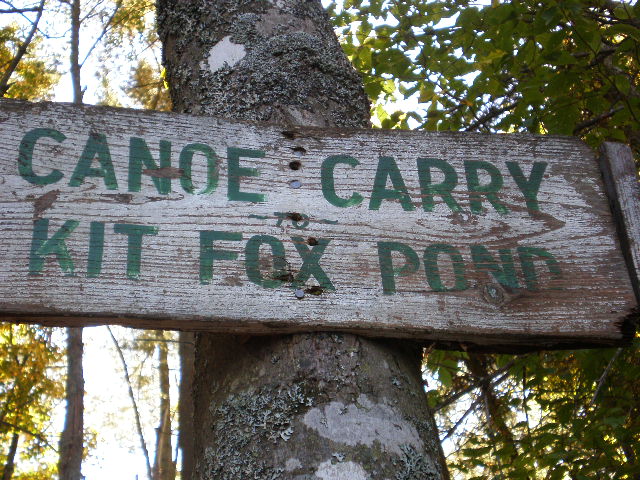Often when selecting our first canoe many of us make the wrong selection because we are unaware of the differences in canoe designs. We are at the mercy of the canoe salesman, who sometimes knows little more than we do, or makes a decision based on the little knowledge he has of our paddling habits. Learning the basic differences in canoe design isn’t difficult but it is important because purchasing the wrong boat can make paddling an unpleasant experience.
For example, many novice paddlers are perplexed at why some paddlers have such an assortment of canoes or kayaks. The answer is that the slight differences in design can make a major difference in the boats performance. A novice paddler may realize that his canoe is slower than other canoes but not realize it’s much more nimble and better performing in shallow water or whitewater than the faster canoes. The occasional paddler might be fine with this slight discrepancy in performance but if the difference is making you work much harder during you canoe trip then your new paddling hobby might be short lived.
 Here are some of the basic differences in canoe design that you should be aware of. Understanding these differences when shopping for your canoe will help you make a more suitable selection. And if your canoe salesman doesn’t know the difference then you should take you shopping somewhere else.
Here are some of the basic differences in canoe design that you should be aware of. Understanding these differences when shopping for your canoe will help you make a more suitable selection. And if your canoe salesman doesn’t know the difference then you should take you shopping somewhere else.
Keel line – A straight keel line provides better straight line tracking and a rockered keel line will lessen the straight line tracking but enhance the boats turning ability.
Flat Bottom Hull provides greater initial stability when getting in and out of the boar but is much less stable in waves or whitewater conditions.
Shallow Arch Hull provides less initial stability but more stable in leaning conditions such as what you would encounter in whitewater or wave conditions. When choosing your new canoe make sure it has some emphasis on shallow arch hull rather than flat bottom hull.
A flared design will help to deflect waves away from the canoe making the paddling experience dryer. You new boat should have some flare but too much flare can make it difficult for the paddler to reach the water.
Straight design is a basic design not intended to deflect water away from the boat.
Tumblehome design allows water to be deflected while allowing the paddler to easily reach the water with his paddle.
So now that you have a better idea of the different types of canoe designs you should have a better idea of how to choose your new canoe. Just remember that in canoe designs there is always a trade off between speed and stability. If you are planning to paddle lakes and wide class one rivers you should select a boat designed for superior tracking and speed. But be careful not to select a pure touring boat designed for long distance tripping. It may be fast and track well on flatwater but even on a wide river like the Susquehanna it may not perform well when encountering the numerous obstacles or occasional small waves or rapids.
If you are paddling rivers or shallow streams with short sections of class two rapids you need to be sure your boat design has the ability to navigate through obstacles and waves. This means a boat design with superior turning and superior secondary stability; you’ll sacrifice on tracking and speed but it’s tough to find the perfect boat for all situations. Be sure not to select a pure whitewater canoe because although it’ll pass through the rapids with ease you’ll have to work really hard to keep it on track and up to speed.
Paddling is lots of fun and chances are your new canoe purchase will be fine for the type of paddling you want to do. Just be sure to consult a reputable boat dealer and talk with qualified sales people who are passionate about the sport. And if you really enjoy canoeing then chances are you’ll be looking to add another design to your canoe collection soon.
And don’t forget to try before you buy.

